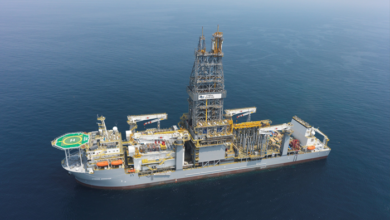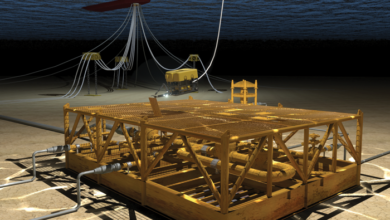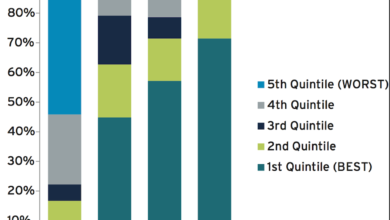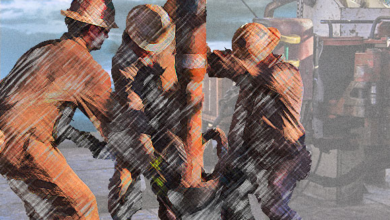Perspectives: Randy Smith: Industry’s well control training courses must focus on preparing its employees for work, not for tests
By Kelli Ainsworth, Editorial Coordinator

Randy Smith, founder of Smith Mason & Co, has always had a passion for teaching and coaching. While working in the Middle East and North Sea for Sedco in the 1970s and ’80s, Mr Smith coached baseball and basketball teams in his free time. Many of the players he coached were children of the managers and executives of oil companies and drilling contractors who were living in the area. So when Mr Smith started his first training school – Randy Smith Training Solutions – in 1988, he realized that the connections he had made through sports were actually helping him to develop and grow his company. “We did a lot of training throughout the world, building that company for 20 years doing well control, stuck pipe prevention, TRUE (Training to Reduce Unscheduled Events) training and leadership training.”
While attending Delta State University in Mississippi in the 1970s, Mr Smith got his first exposure to the industry working on a workover rig in Natchez, Miss., during the summers. After graduation, he was offered a place in Sedco’s trainee program, which aimed to recruit college graduates and turn them into drillers, setting them up for a career in the industry. In 1974, the company sent him to Iran to work as an assistant driller. “I knew the parts of a rig from working on the workover rig, but I didn’t know how to handle the big pieces of equipment we had,” he recalled. “I had to learn to adjust. It’s like going from high school to college if you’re playing a sport – everything’s bigger and faster.”
It was in Iran that Mr Smith experienced a blowout for the first time. Although the crew was able to bring the well back under control with no fatalities, the experience shook him and led him to consider well control training as the future direction for his career. “After that, I dedicated myself to not letting this happen anymore, to me or to anyone else,” he said. “That’s how I got into well control training.”
By 1978, Mr Smith had transitioned into a training role with Sedco, first in Iran and then in the North Sea by 1980. In this position, he was tasked with visiting various rigs to conduct safety audits and well control investigations. “I was learning about a lot of well problems that would prepare me later for well control training,” he said.
His commitment to making the industry safer through training was deepened during a visit to the Sedco 706 semisubmersible offshore Canada in 1982. After conducting a safety audit, Mr Smith had asked to go to the nearby Ocean Ranger semi because there weren’t any available beds on the 706. However, he ended up being sent back to shore. “The supervisor put me in a helicopter to send me in since I’d finished the audit.”
That was the night a major storm struck the area, sinking the Ocean Ranger and killing everyone onboard. As a result of this disaster, the industry introduced lifeboat, helicopter and survival training.
After starting his first company in 1988, Mr Smith sought opportunities to develop new training courses for the industry beyond well control. For example, he worked with BP to develop stuck pipe prevention courses. “Stuck pipe is a real high-dollar item on a rig, and we were able to start teaching companies where they could save money and not get stuck,” Mr Smith recalled.
While developing this training, he noticed that sometimes a stuck pipe situation would occur because “leadership was not good, and communication was terrible. So that created our leadership courses.” This training taught supervisors how to handle difficult people, intense situations and differing personalities. “Those are skills you can’t learn in a book,” he said. “You have to practice that.”
Mr Smith retired in 2008 but returned to the industry in 2013 through Smith, Mason & Co. It was among the first training schools to adopt IADC’s WellSharp curriculum, which was designed to raise the bar for well control training. The program falls in line with the industry’s increasing focus on ensuring that students leave well control courses with a deep understanding of the principles, rather than just a certificate. This is a development he welcomes. “If you just want to memorize questions, that’s not what we’re here for,” he said. “You have to understand the principles.”
Mr Smith is now working to apply innovative approaches to leadership training, as well, particularly through the methods for training delivery. For example, Smith, Mason and Company currently offers a leadership through horsemanship course. Students learn to lead a horse and apply those learnings to working with their teams. “Dealing with horses is like dealing with people in a lot of ways,” he said. “You have to earn their trust, just like with people.”
Looking to the future of industry training, Mr Smith sees human factors as a major opportunity for training development and envisions Smith Mason & Co working to create a human factors training course. “We know more of that training is going to come,” he said. “We’re going to get smarter as the industry moves forward.” DC
Click here to view a video with Randy Smith about how WellSharp challenges students to master the material.





